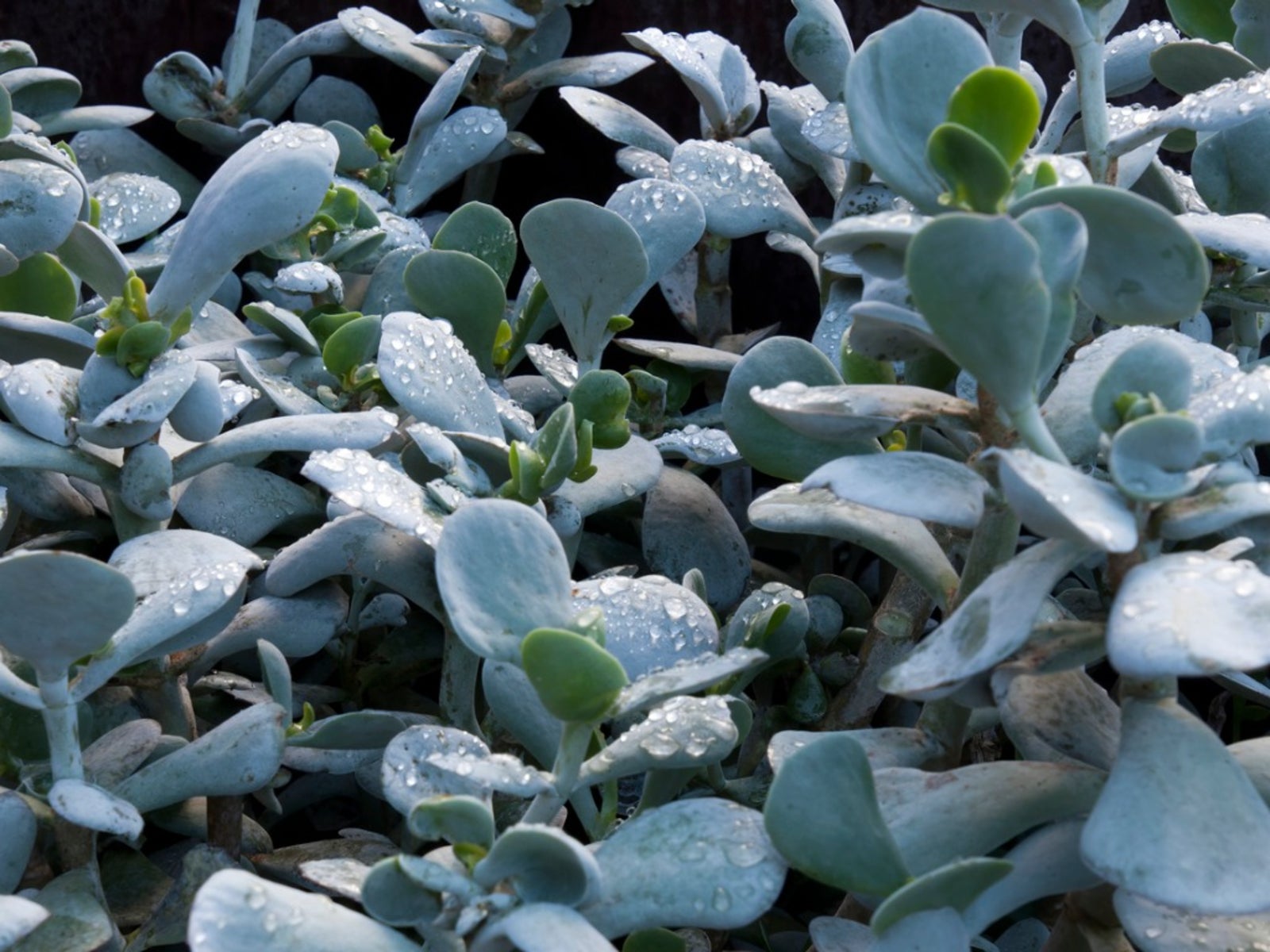Pig’s Ear Succulent Plant – Learn About Growing Pig’s Ear Plants


Native to the desert climates of the Arabian Peninsula and South Africa, pig’s ear succulent plant (Cotyledon orbiculata) is a hardy succulent with fleshy, oval, red-rimmed leaves that resemble a pig’s ear. Bell-shaped orange, yellow or red blooms grow atop tall, 24-inch stems in late summer or early autumn. Pig’s ear plant may reach heights of 4 feet at maturity. Keep reading for tips on growing pig’s ear plants and their subsequent care.
Growing Pig’s Ear Plants
Often known simply as a cotyledon pig’s ear plant, it is well suited for nearly any dry area of the garden, including rock gardens, succulent beds, hanging baskets or window boxes. Pig’s ear succulent plant is suitable for growing in USDA plant hardiness zones 9b through 12. If you live in a cool climate north of zone 9, cotyledon plant does just fine indoors. Cotyledon pig’s ear prefers a sunny location, but tolerates partial shade. Be sure the soil drains well and allow at least 24 inches around the plant, as succulents require excellent air circulation to prevent rot and other diseases.
Pig’s Ear Plant Care
Water pig’s ear succulent plant deeply when the soil is dry, then let the soil dry before watering again. In its natural environment, the plant needs very little water – only enough to survive. Too little water is preferable to too much. Pig’s ear requires very little fertilizer, and a light feeding in late spring is sufficient. Use a highly diluted, general-purpose fertilizer. Water well after feeding, as fertilizing dry soil can scorch the roots. To keep the plant healthy and support continued growth, remove blooms, along with the stalk, as soon as the flowers wilt. Pig’s ear plant care isn’t complicated, as the plant isn’t fussy. However, keep watch for snails and slugs, which are easy to spot by the chewed holes in the leaves and by the silvery, slimy trail they leave behind. Keep the area clean and free of debris. Apply slug bait or use snail traps, if necessary.
Gardening tips, videos, info and more delivered right to your inbox!
Sign up for the Gardening Know How newsletter today and receive a free copy of our e-book "How to Grow Delicious Tomatoes".

A Credentialed Garden Writer, Mary H. Dyer was with Gardening Know How in the very beginning, publishing articles as early as 2007.
-
 Terrifically Tubular Flowers For Hummingbirds: 9 Tube-Flowered Plants To Attract Hummers
Terrifically Tubular Flowers For Hummingbirds: 9 Tube-Flowered Plants To Attract HummersGrowing tubular flowers for hummingbirds helps you create the optimum feeding conditions for your winged friends. Here are nine tubed delights for hummers
By Tonya Barnett
-
 How To Grow Hydroponic Tomatoes For Fresh Indoor Harvests – No Soil Required
How To Grow Hydroponic Tomatoes For Fresh Indoor Harvests – No Soil RequiredLearning how to grow tomatoes in water is easy and allows you to harvest fresh-home-grown produce in every season without any mess.
By Ellen Wells